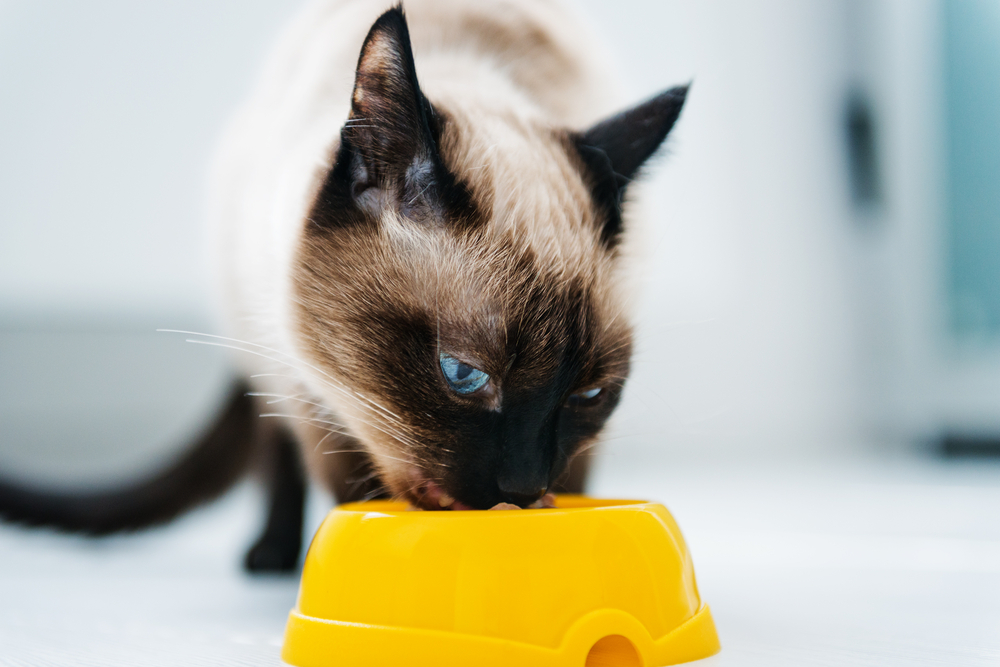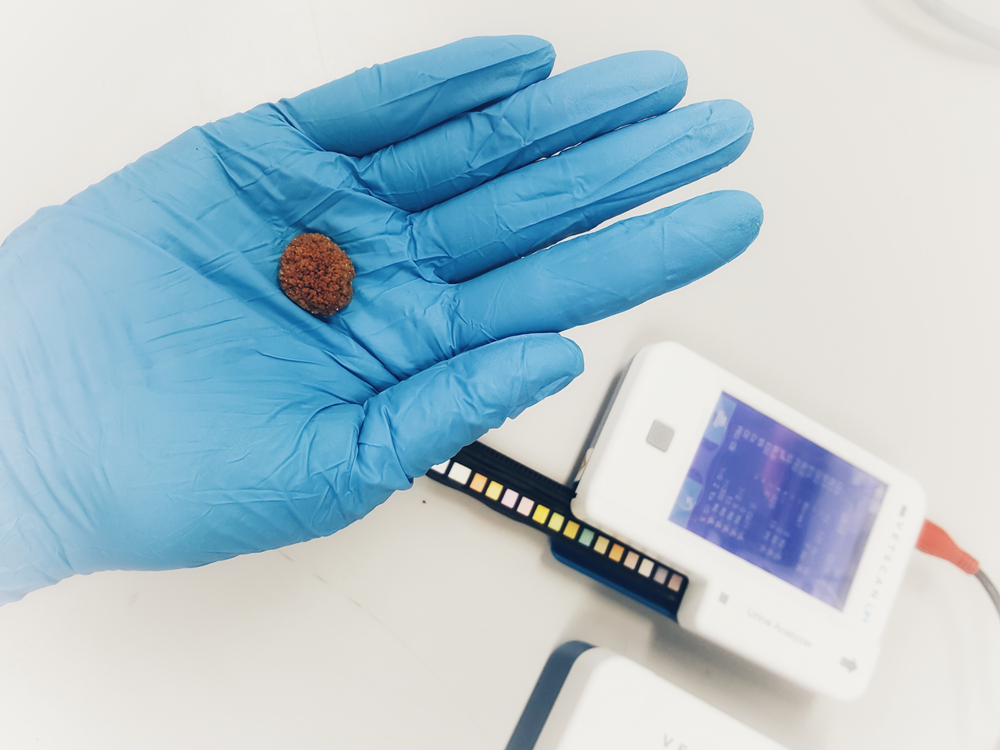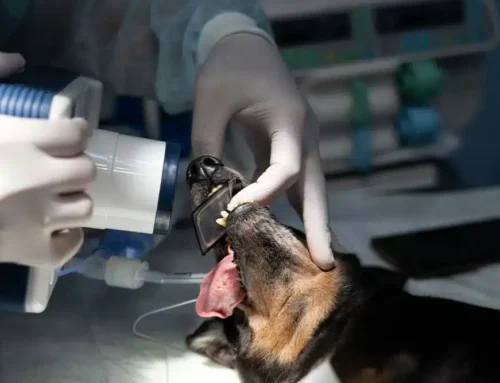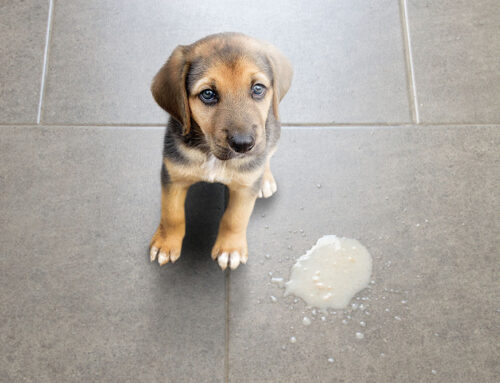Cats and dogs can develop a multitude of urinary issues, ranging from uncomplicated infections to chronic inflammation, and covering everything in between. One condition that can be particularly troublesome in pets—and can potentially result in a life-threatening urinary obstruction—is bladder stone formation.
Our Peak Pet Urgent Care team answers common questions about bladder stones in pets. When you understand how bladder stones form and the problems they cause, you can better protect your pet from this urinary issue.
Question: What are bladder stones in pets?
Answer: Bladder stones, also known as urinary calculi or uroliths, are mineralized formations that develop in the pet’s urinary bladder. The stones vary in size, shape, and composition and can cause severe discomfort and potentially serious health problems for affected animals.
Q: What causes bladder stone formation in pets?
A: Various factors can contribute to bladder stone formation, including:
- Diet — Your pet’s diet, especially a diet high in minerals such as calcium, phosphorus, and magnesium, can predispose pets to stone formation. Additionally, diets that alter the urine pH can create an environment conducive to stone formation.
- Dehydration — Inadequate water intake can lead to concentrated urine, which increases the likelihood of crystal formation and subsequent stone formation.
- Urinary tract infections (UTIs) — UTIs can alter urine pH, which can promote crystal formation and then crystal aggregation to form stones. Bacterial infections can also lead to formation of struvite stones, which are composed of magnesium, ammonium, and phosphate.
- Breed predisposition — Certain breeds are genetically predisposed to developing specific bladder stone types. For example, dalmatians are prone to urate stones because they carry a genetic defect that affects uric acid metabolism.
- Urinary tract abnormalities — Urinary tract structural abnormalities, such as narrow urethras or congenital defects, can disrupt normal urine flow and increase stone formation risk. These abnormalities may be present from birth or may develop later in life because of injury or disease.
- Metabolic disorders — Some metabolic disorders, such as hypercalcemia or hyperparathyroidism, can contribute to bladder stone formation by increasing the urine mineral concentration.
Q: What are bladder stone signs in my pet?
A: Bladder stone signs can vary depending on stone size, type, and location, as well as the severity of any associated complications. Some common bladder stone signs in pets include:
- Straining to urinate — Your pet may spend an extended amount of time attempting to urinate, because of irritation from the stones or a urinary tract obstruction.
- Blood in the urine — Bladder stones can irritate the urinary tract lining and cause bleeding. You may notice pink, red, or brown discoloration in your pet’s urine.
- Frequent urination — Pets with bladder stones may urinate more frequently than usual, as they feel the urge to empty their bladder more often or they pass only small amounts of urine each time.
- Pain or discomfort while urinating — Your pet may show signs of discomfort, such as vocalization, restlessness, or licking the genital area, while urinating.
- Urinary accidents — Pets with bladder stones may have difficulty controlling their bladder function, leading to urinary accidents indoors.
Bladder stones can lead to serious complications if left untreated, so consult with your family veterinarian or our Peak Pet Urgent Care team if your pet shows any of these signs.
Q: How are bladder stones diagnosed in pets?
A: Diagnosing bladder stones in pets involves a comprehensive approach, beginning with a thorough physical exam and assessing your pet’s medical history and urinary habits. Then diagnostic tests, such as urinalysis, X-rays, or ultrasound, are conducted to confirm the presence of stones, determine their size, number, and composition, and assess any associated complications.
Q: How are bladder stones treated in pets?
A: Depending on stone size, type, and location, and the pet’s overall health, treatment options may vary. If the stones are small and unlikely to cause obstruction, dietary modifications, such as switching to a specialized urinary diet, may be recommended to dissolve the stones or prevent their recurrence. However, for larger stones or when dietary management is not effective, surgical removal may be necessary.
Q: Can I prevent my pet from getting bladder stones?

A: A balanced diet that is tailored to your pet’s specific nutritional needs and promotes adequate hydration is an essential preventive measure. Ensure your pet has access to fresh water at all times to encourage proper hydration, dilute urine, and promote flushing the crystals from the urinary tract.
Regular veterinary exams and urinary health monitoring are important for early detection of any underlying conditions that may predispose pets to bladder stones. Maintaining a healthy weight, promoting regular exercise, and minimizing stress can also contribute to overall urinary tract health.
By implementing these preventive measures and addressing any predisposing factors promptly, you can help minimize the risk of bladder stone development and support your pet’s urinary wellness. However, if your four-legged friend shows any sign of struggling to urinate or develops blood in their urine, contact our Peak Pet Animal Hospital team.







Leave A Comment